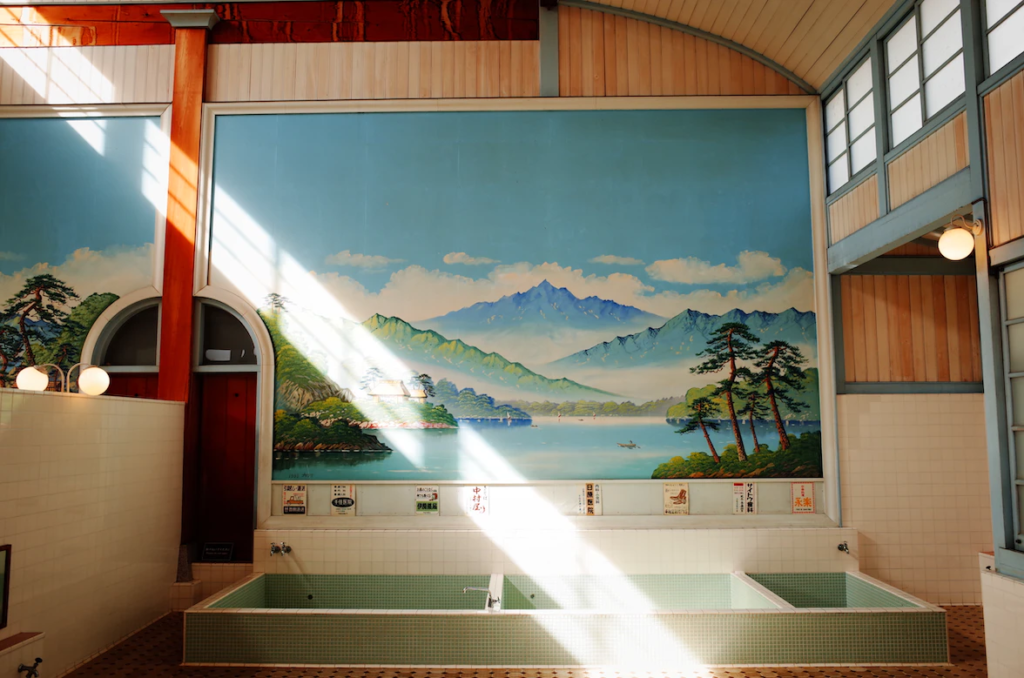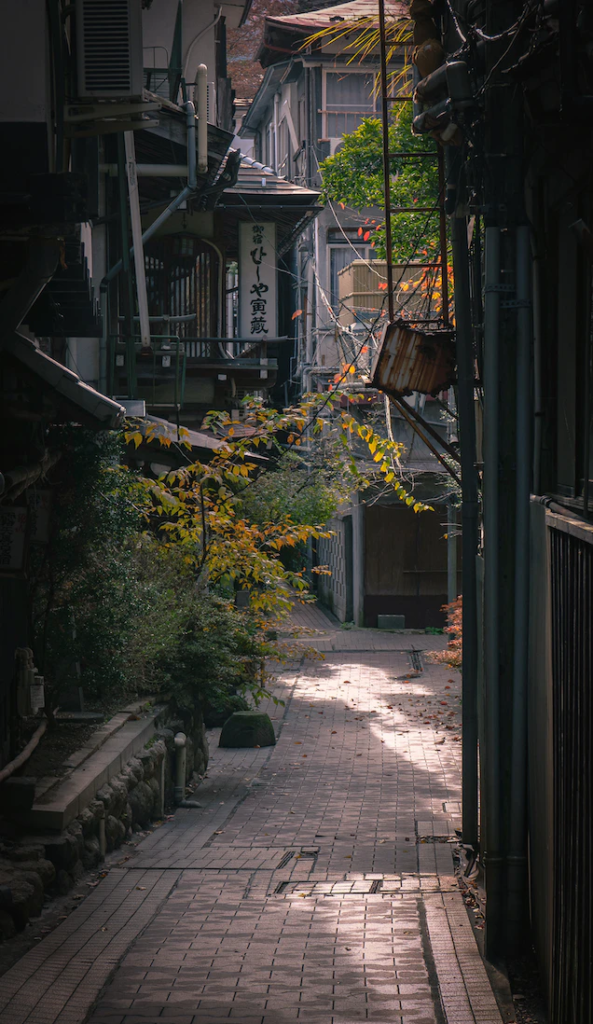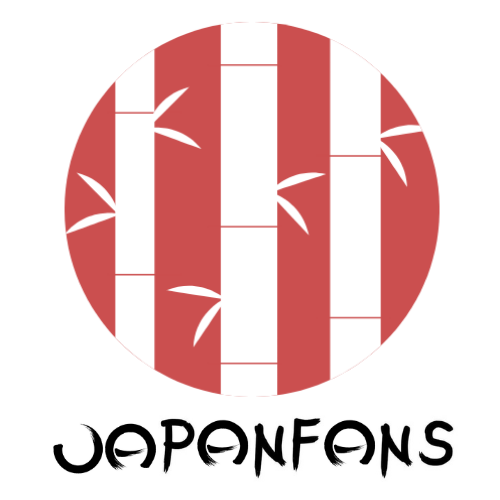The Japan Fans dream, about starting their own Japanese Art & Culture Centre in Utrecht, and about travelling to Japan, amongst other to visit the hot springs. In this blog, Japan Fan Zoe explains us more about Japanese Jacuzzi: Sentō vs Onsen.

Japanese Jacuzzi – Zoe explains
There are two types of public bathhouses in Japan: Sentō and Onsen. If you’re travelling to Japan you might be wondering: what’s the difference between the two? And which one should you opt for?
In this article, we’re covering the differences, definitions, and etiquette in public Japanese bathhouses.
What’s The Difference Between Sentō vs Onsen Bathhouses?
The primary difference between Sentō and Onsen Bathhouses is the type of water that’s used to fill them. Onsen uses water from a hot spring whereas Sentō is filled with hot water from the tap.
Sentō and Onsen bathhouses have many similarities such as etiquette (more on that, later). Both bathhouses also have similar characteristics; people are using communal water to bathe.
What is Onsen?
Onsen (温泉) translates to English as ‘hot springs’ or literally as ‘warmth’ and ‘fountains’. True to its name, Onsen bathhouses are filled with hot water from natural springs.
Onsen bath houses use natural, nutrient-rich water and boast health benefits outside of hygiene. Hot Springs tend to be associated with pain relief, healing, stress management, and more. To maintain the integrity of Onsen bathing quality must meet standards set by Japanese law.
What is Sentō?
Sentō (銭湯) translates as ‘public bath’ and more literally as ‘money’ and ‘bath’. A Sentō is a monetary exchange to use hot water to bathe, publically. The Sentō bathhouse is more like the type of bathwater you’d have at home. Although the water is not naturally nutrient-rich in the same way that Onsen baths are, Sentō baths are often enriched with herbs or bath salts to aid health and relaxation.
Japanese Jacuzzi – Bathing in Japan
Bathing in Japanese culture is not just about hygiene, it’s about rest and relaxation. Sentō bathhouses can look like Onsen-style bathhouses, hence the need to differentiate the two.
Public bathhouses were initially used by people without running water or for those who didn’t have a home. Now, public bathhouses are primarily used to relax, meet with friends, stretch the body, and enjoy the bathing experience.

Your Questions on Japanese Jacuzzi: Sentō vs Onsen
What happens in a Japanese bathhouse (Sentō and Onsen)?
In Japanese bathhouses, people come together to enjoy a restful, bathing experience. For many Japanese bathhouses are a place to unwind after a long day or a sanctuary for rest and recuperation.
When visiting a Japanese bathhouse you can expect to:
- Bathe naked.
- Tie up long hair.
- Maintain a relaxing environment, keep the noise down, but feel free to talk quietly. Do not jump or dive in the water.
- Clean yourself before entering the bath in the same way you would before entering a swimming pool.
- Be seated throughout the experience, remember this is a place to rest. You wouldn’t stand up.
What do you wear to a Japanese bathhouse (Sentō and Onsen)?
Upon entering the facility you can wear modest clothing, but expect to bathe naked. You can take a small towel into the bath with you which provides a little coverage. The towel must never touch the water. When you get into the water you can place it on your head or at the side of the bath.
Can you visit a Japanese bathhouse (Sentō and Onsen) with tattoos?
Some Japanese bath houses will allow you to bathe with tattoos, but some may not. You will need to check before you enter the facility.
Many bathhouses ban tattoos to discourage gangs or crime. However, with increased tourism rules around tattoos have relaxed in some bathhouses.

Should You Choose a Sentō or Onsen Bathhouse?
The choice is really yours! If you like the idea of natural, hot springs the Onsen is for you. If you like the idea of a hot bath with minerals and herbs then choose Sentō.
For some, price may be a limitation. Sentō is generally cheaper than Onsen.
The most important thing is to respect Japanese culture and the value of relaxation, healing, and replenishment.
About the author
Zoe Ashbridge enjoys the pace of slow travel. She has travelled through more than 20 countries by bicycle and shares her adventures on her blog Road to Frame.
